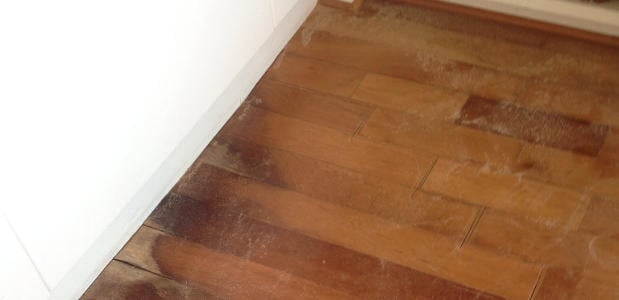
A consumer recently submitted this question about hardwood flooring. We had one of our professionals answer the question as best as possible.
Q: We have a one-year-old hardwood floor that recently started cupping. The boards are four-inch red oak. The installer is claiming no responsibility
for the problem. He blames customer abuse and moisture problems as the cause.
We did have a major flood from a washing machine on the first floor. No water went toward the new wood floor. When checked by a moisture meter, there was no moisture
problem there. However, the moisture throughout the cellar was way above normal. If that is the case, wouldn’t a moisture reading show up on the new floor?
Is there any other reasons for a floor to cup besides high moisture?
Is a moisture barrier between a cellar and a first floor supposed to help prevent moisture trouble?
A: Is this a solid wood product or an engineered product? Solid planks will expand and contract more than an engineered product. Four-inch planks will expand and contract more than smaller planks, and parquet flooring rarely has these problems because it is made of many small pieces of wood.
When an installation occurs, most installers check the subfloor for moisture content. They will not install a product if the level of moisture is too high.
A solid wood floor is almost always installed with a moisture barrier between the subfloor and the flooring to help control moisture emission.
Sealing and sanding could also be a factor. If a floor is too dry when installed unfinished, or too damp and the climate changes, the floor will cup or peak, the opposite of what it was at time of installation.
Wood floors are a living product which have capillaries that carry moisture throughout the planks. Homeowners do affect the humidity and moisture content in their homes in many ways. Moisture emissions from cooking, showering, carpet cleaning, and your water damage are all factors, which could cause a floor to cup or peak.
When your home flooded, the humidity in the entire home increased as the moisture evaporated into the environment. Humidity seeks an equilibrium between the rooms and as well as the inside and outside environments.
This could cause moisture problems in a wood floor in an entirely different part of the house.
Try a desiccant dehumidifier to help your floors level out. You may be able to go to a rental yard for this piece of equipment, but I recommend contacting a water damage
specialist because they have the tools and meters to measure the levels of success in moisture removal.
One other item to remember, most floors do change in their appearance as the seasons change. Humidity in the summer is much less then the fall. In climates that have a lot of snow, like Minnesota, the humidity in the winter may drop so low, wood may split and dry out. This is where the use of a humidifier to add moisture to the air could be beneficial.
John Fuchs, Carpet Warehouse, Rancho Cordova, CA
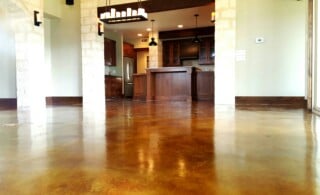 Concrete Flooring – Solid as a Rock
Concrete Flooring – Solid as a Rock 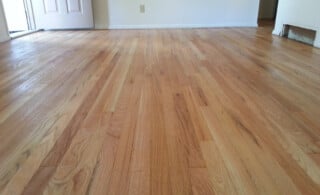 Cleaning Hardwood Floors
Cleaning Hardwood Floors  Flooring Ideas for Your Home Gym
Flooring Ideas for Your Home Gym 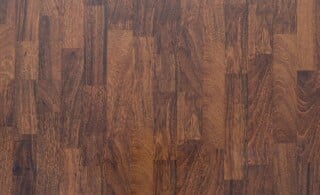 Laminate Flooring vs. Hardwood: What’s the Difference?
Laminate Flooring vs. Hardwood: What’s the Difference? 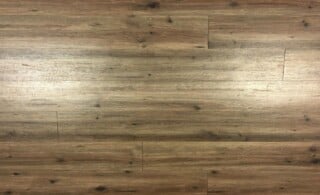 Engineered Wood Floors vs. Laminate Floors: What’s the Difference?
Engineered Wood Floors vs. Laminate Floors: What’s the Difference? 

Are You Familiar With This Topic? Share Your Experience.